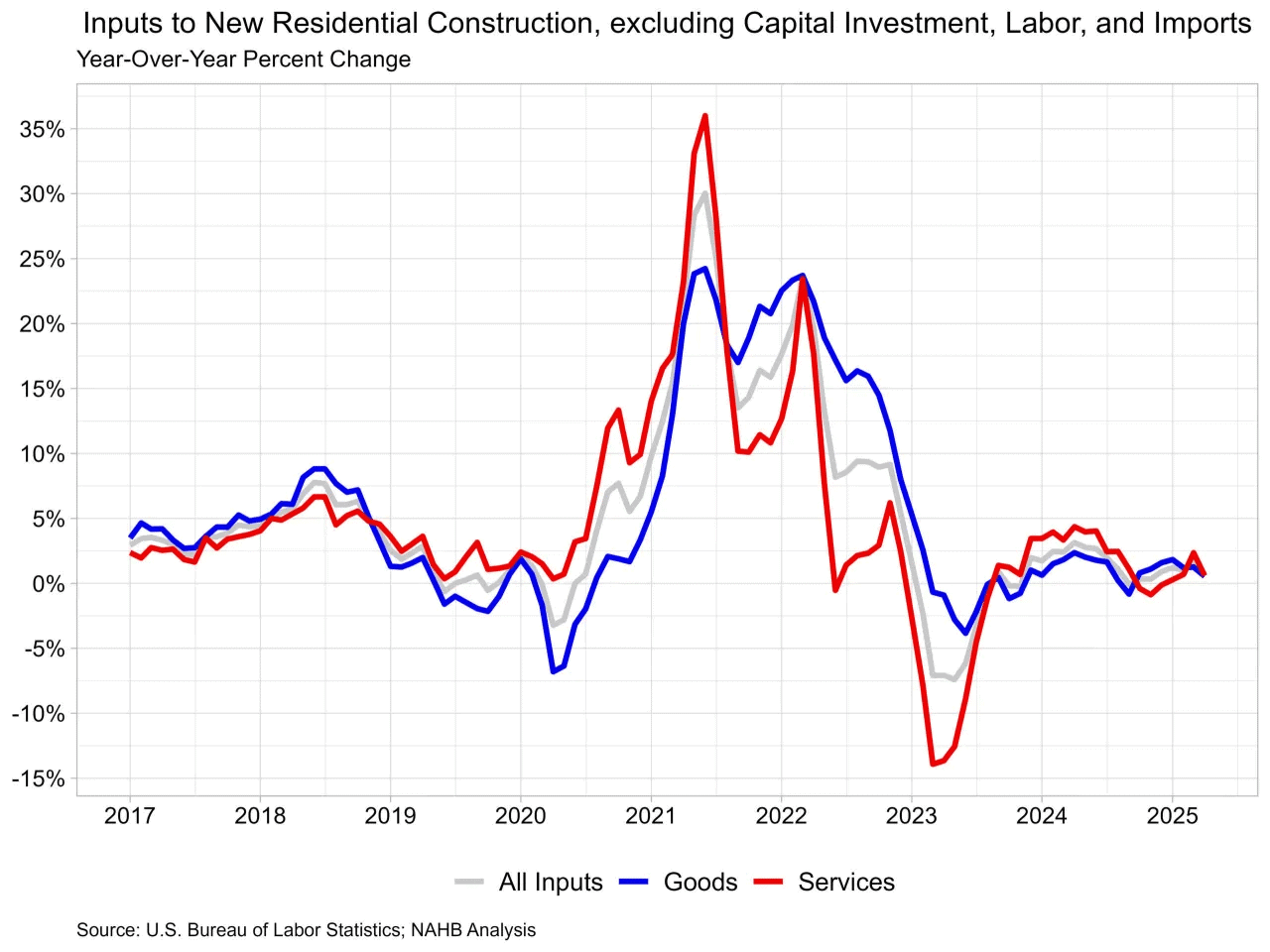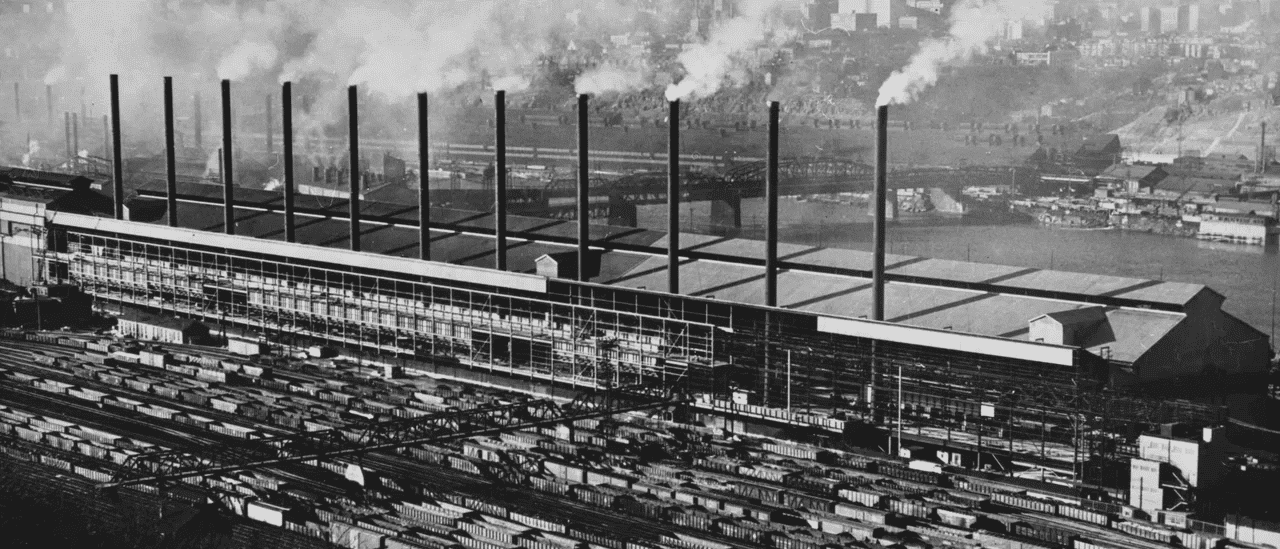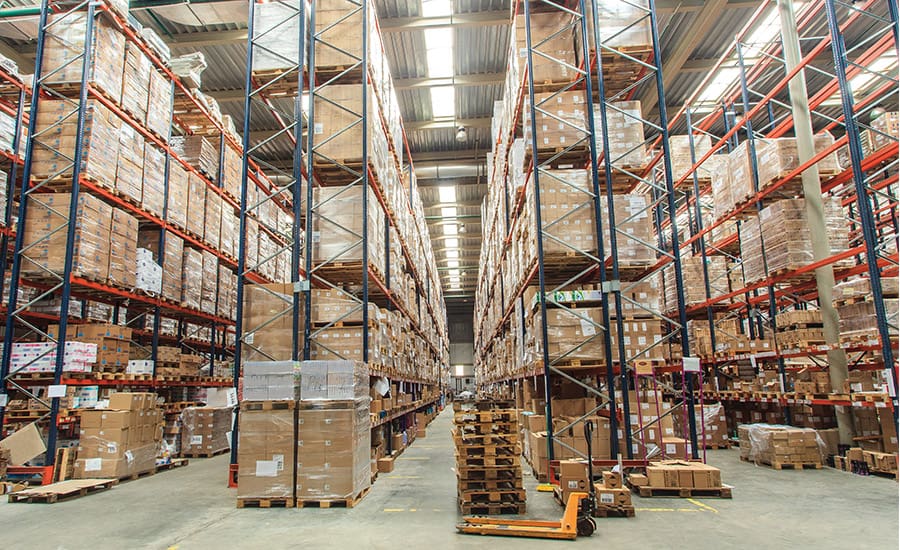
A dry run is a crucial step in the CNC machining process. It helps to identify programming errors and prevent them from causing damage to the product and machine. It also reduces material waste and saves time.
During dry runs, the motion rate is slowed and single block is on. This enables the operator to check for syntax errors and other alarms.
It Is A Simulation Of The Machining Process
Dry run is a critical step in the CNC machining process that simulates the machine without cutting or removing any material. It helps detect programming errors and other problems before the actual machining process begins, saving time and money. It also prevents damage to the machine and reduces production waste.
It’s important to use the dry run feature on a CNC machine because it can catch mistakes that could otherwise cause a crash or break the tool. It can also help operators optimize their program for speed and accuracy without wasting any material.
The dry run procedure involves turning off the machine lock switch, setting a multi-position switch (typically jog feed rate or rapid override) to its lowest setting, and pressing the cycle start button. This slows the axes to a safe approach speed and allows the operator to check the position of the tool relative to the workpiece or workholding device.
This procedure can be very nerve wracking and requires patience as the operator waits for the machine to do its job. It can be tempting to short cut the verification procedures as a beginning operator becomes more familiar with the machine, but this is how legs get broken. It’s similar to a skier learning to snowboard, they are very cautious as they begin, but they may become over confident and try tricks they aren’t capable of.
It Is A Preventive Measure
Dry run in CNC machining is an important preventive measure that helps identify errors before the machining process starts. It also helps save time and money by avoiding product damage, machine damage, and unnecessary rework. However, this method is not foolproof and may not detect every error in the program.
Before a machined part can be shipped, it must go through a thorough verification process. The first step is to perform a free flowing dry run of the program without turning on the machine. This will give the operator a chance to check for syntax errors and other alarms. This is especially important when importing programs from other machines.
Most cnc machine builders offer a dry run mode. This will pause the machine at key points so the operator can inspect the workpiece or clamps. It is a good idea to use this mode whenever possible, because it can catch problems that could cause costly repairs or delays in shipping the finished product.
Depending on the manufacturer, this feature is usually available as a mode in the cnc control software or as a separate function. It can also be activated through a handwheel button or a feed override button. Using this mode allows the operator to see what the machine will do when it runs a program block, including the rapid and feedrates.
It Is A Tool For Catching Errors
The process of dry run in CNC machining is a critical part of the machining process, and can be used to identify errors in the program before running it. This can save time, reduce material waste and ensure high-quality parts. It can also help optimize machining times and reduce tool wear. However, it is important to remember that dry runs are not foolproof.
For example, if a program contains syntax errors that cause the control to generate alarms, these must be corrected before a machine can be run. This process can take a long time, especially if there are multiple errors in the program.
Some mistakes are more serious than others, so the operator must check for them carefully before allowing the machine to begin cutting. This includes making sure that the machine is in the proper position for each tool’s first approach movement and that basic motions the program generates appear correct.
This can be done by enabling the single block function on the control. This slows rapid movements and enables the operator to see how far the tool is from the workpiece. When the program is ready for proofing, the operator can turn off single block, but should keep rapid and feedrate overrides on to control motion rates while proving out the program. This will help prevent the machine from accidentally crashing into the workpiece or causing other problems that might require extensive repair time.
It Is A Tool For Fine-Tuning
The dry run is a critical step in CNC machining that allows the machine to scan the program and check for errors before they become costly. This is important because even a small error can cause significant damage to the product, the tooling, or the machine. In addition to catching programming errors, dry runs also help optimize machining time by eliminating unnecessary motions and cutting paths.
This procedure is usually done after the initial setup of the CNC machine and is taught in basic CNC classes. It involves running the program on the machine minus the workpiece and setting all clamps and potential obstructions in position. This is a quick and easy way to verify that the machine is rapiding where it should be, machining where it should be, and avoiding collisions with obstructions.
The dry run is a simple process that can be performed on any machine with a CNC control. The machine is run as if the gcode was going to cut into the material, but the tool stays raised above the material to avoid damaging it. The operator can turn off the machine lock switch and use a separate dry run motion rate switch (typically jog feed rate) to slow down the movement of the axes, making it easy to catch any mistakes in the program. Once the program is complete, the machine can be turned back on and the real machining can begin.






























